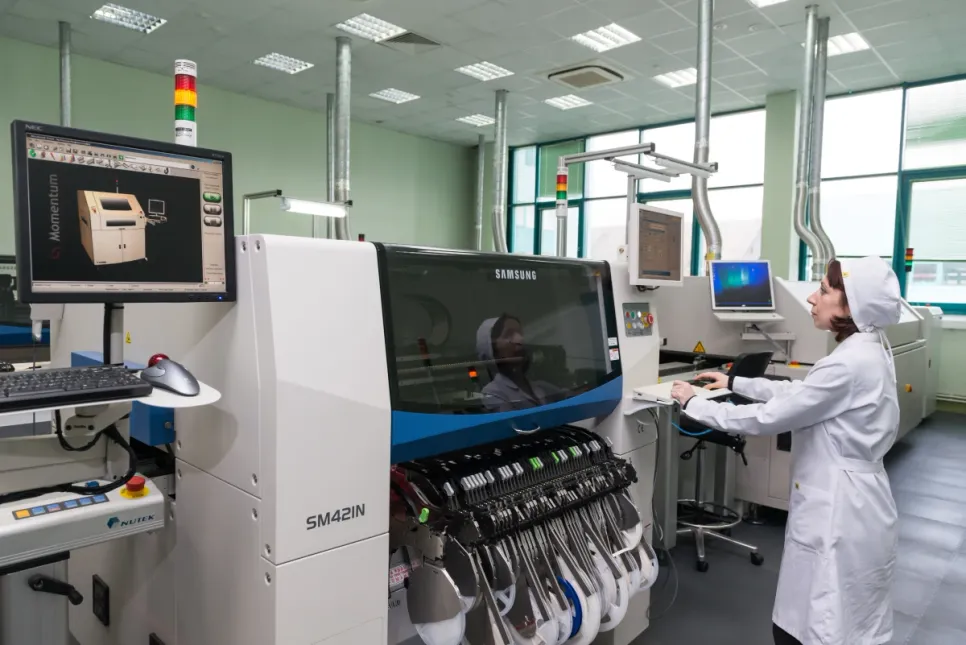Smartphone Market Grew 1.5 Percent in 1Q25
Global smartphone shipments increased 1.5% year-over-year to 304.9 million units in the first quarter of 2025, according to preliminary data from IDC.

The global foundry industry’s revenue grew 26% YoY and 9% QoQ in the final quarter of 2024, according to Counterpoint Research. The growth was primarily fueled by robust AI demand and continued recovery in China.
Leading-edge node utilization remained high, driven by AI and flagship smartphone demand, particularly for TSMC’s N3 and N5 processes. Meanwhile, global mature-node foundries (excluding China) continued to struggle with weak utilization rates, hovering around 65%-70% during the quarter. Within this segment, 12-inch nodes experienced a stronger recovery than 8-inch nodes, as the latter faced higher exposure to the auto and industrial sectors, where demand remained sluggish. However, non-AI demand is gradually recovering, particularly in consumer electronics and PC semiconductors, supported by US tariff-related prebuild and China’s subsidy-driven demand, offering some optimism for broader market stabilization. As AI and high-performance computing (HPC) continued to drive leading-edge demand, advanced packaging played a crucial role in sustaining industry growth. TSMC reinforced this trend by aggressively expanding its CoWoS-L/CoWoS-R capacity, addressing previous market concerns about capacity and order adjustments.
TSMC delivered robust results, with a gross margin exceeding expectations. TSMC further expanded its industry revenue share to a record high of 67% in 4Q24, up from 64% in the previous quarter. Samsung Foundry’s revenue saw a slight sequential decline primarily due to weaker-than-expected demand for Android smartphones. SMIC's results were in line with expectations. The company’s solid revenue growth during the quarter was driven by ongoing demand recovery in consumer electronics and localization efforts in China. UMC’s results were largely in line with expectations, with steady wafer shipments supported by sporadic consumer electronics rush orders. GlobalFoundries reported stable results, with strong wafer shipments offsetting seasonal weakness in the smartphone segment.
“The foundry industry’s strong 4Q24 performance was largely driven by surging AI and flagship smartphone demand, which kept utilization rates high at leading-edge nodes, particularly TSMC’s N3 and N5/N4. AI and HPC applications continue to fuel the industry’s growth, reinforcing the need for advanced packaging solutions like CoWoS and SoIC. However, mature-node foundries, especially in the 8-inch segment, are facing persistent challenges due to weak demand in the auto and industrial sectors. Moving into 2025, the foundry industry’s growth is expected to remain strong. The sustainability of AI-driven growth at advanced nodes and broader stabilization across legacy process nodes are key trends to watch,” said Adam Chang, Research Analyst at Counterpoint Research.